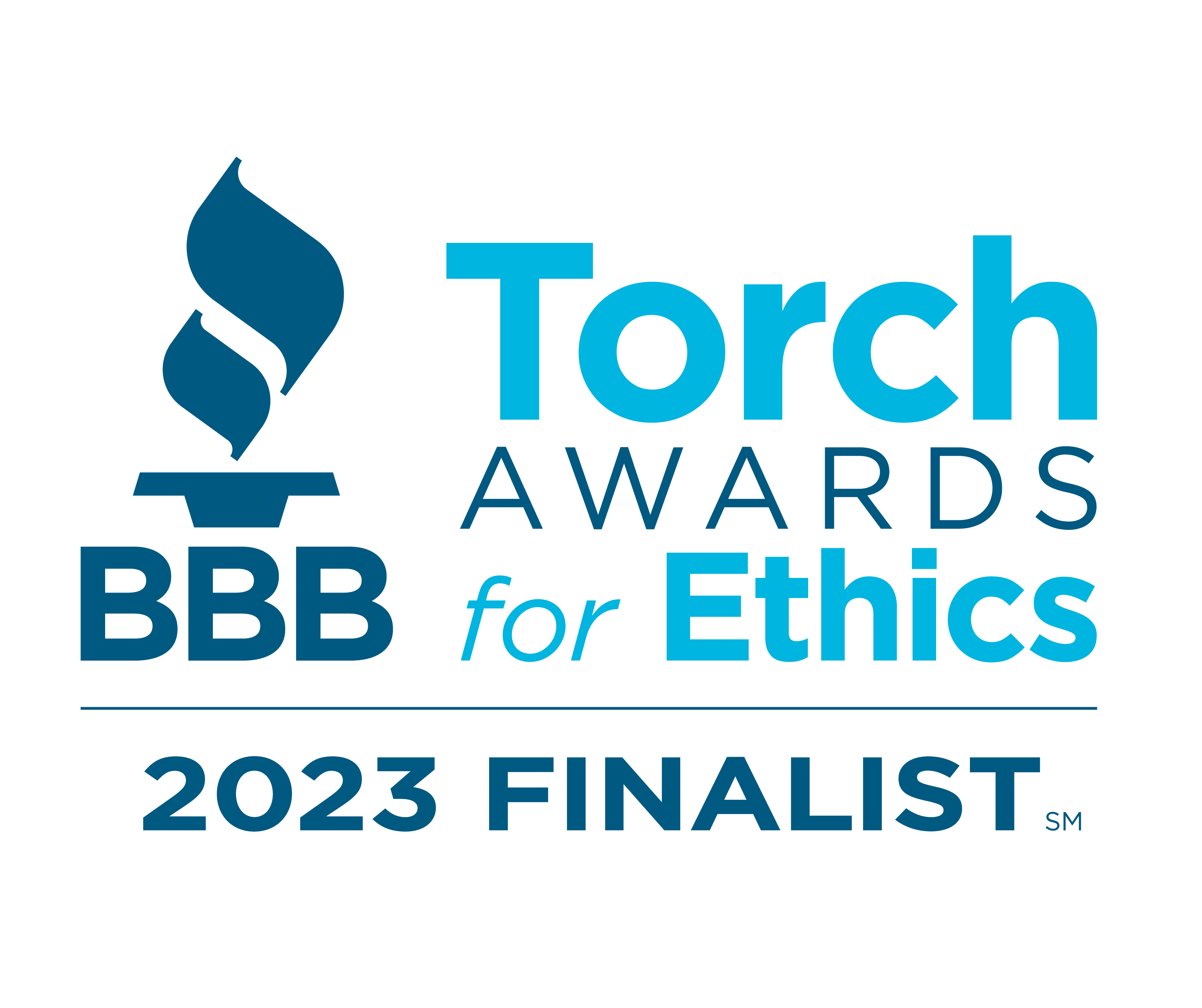A side hustle can bring in extra income — but be aware of your tax obligations.
Summer brings longer days, opportunities for fun and travel, and also increased opportunities to earn extra income. Teachers who are off for the summer may opt to take on a part-time job or side gig.
With nicer weather in many parts of the U.S., it can also be a good time for anyone to earn cash walking dogs, mowing lawns or doing other landscaping chores, or even working as a delivery person or personal shopper.
But before you spend the extra money, you’ll want to consider income taxes you may have to pay on your earnings.
1099 or W-2?
On the other hand, if you decide to get a part-time or second job during the summer as a W-2 employee, your employer should take out withholding taxes, which could keep filing your taxes in 2025 less complicated.
Let’s explore the vast benefits of the gig economy, the ways you can mitigate your tax burden, and whether or not a summer gig could be the solution to a tight financial situation – or if you’re better off finding a part-time job, instead.
The Growth of the Gig Economy
Globally, the gig economy brings in $204 billion, according to statistics from TeamStage.io. In the U.S., the gig economy is growing three times faster than the total U.S. workforce, with 57.3 million people working “gigs,” or 1099 contractor positions. Of those, 15.8 million gig workers in the U.S. put in full-time hours at a gig in lieu of a W-2 job.8
The website also projected that, by 2027, more than 50% of the workforce will work as a freelancer or take on a side gig. This tracks with figures quoted by the Door Dash blog, Dasher Central. The website stated that there will be 76.4 million gig workers in the U.S. by the end of 2024.
Popular Side Gigs
A 1099 worker can find gigs in a variety of fields, including healthcare, business services, IT, hospitality and leisure, technology, construction, and other fields. Some popular side gigs right now include:
- Delivery service
- Rideshare driver (such as Uber or Lyft)
- Personal shopper (such as Instacart)
- Virtual assistant
- Social media manager
- Writer
- Graphic designer
- Web developer
- Petsitter / Dogwalker
- Direct salesperson
If you have a special skill or a hobby you enjoy, such as refurbishing antique furniture or designing t-shirts, you can think about ways you can turn that hobby into extra income.
Although you may want to take courses or training before pursuing some fields, such as writing or graphic design, as a freelancer, you don’t need a college degree for most gig work.
According to TeamStage.io, only 22% of gig workers have a college degree, while 41% have completed high school. However, 70% have received some sort of training for the work they do.
Pros of Being an Independent Contractor
Many people have recently left traditional jobs in pursuit of a better work-life balance, to set their own hours, or to work in a field that interests them. Others take on side gigs on top of regular employment to earn extra cash. Some people feel that freelancing offers more stability since having several clients offers more job security than relying on one employer for a steady paycheck. Let’s explore some of the advantages of gig work.
Better Work-Life Balance
For the most part, you set your own hours as an independent contractor. This can lead to a better work-life balance, as you can fit in gig work around caring for children, appointments, and even volunteer work.
Choose Your Clients
If you don’t want to work with a specific client, you can avoid it. In an office setting, you might have co-workers or supervisors you don’t get along with and there’s no way to avoid them. Being a freelancer gives you the autonomy to choose the people you work with, for the most part.
Set Your Own Rates
Depending on the field, you may be able to set your own rates as a freelancer or gig worker. If you’re working for a service that sets rates for workers, you always have the option to accept or decline a specific gig.
Enjoy Greater Stability
When you’re working for a single employer, they can let you go at any time. You may be able to collect unemployment, but it won’t be equal to the pay you were earning.
Being a freelancer means you can diversify your income streams. If one client stops calling you with work, others can step in. In most circumstances, you won’t be left with no income.
Additionally, you can scale your income based on how much you want to work.
No Withholding Taxes
As a freelancer, you get to take home 100% of your income. That means you can have money in your pocket when you need it most. However, that doesn’t mean you get to keep it. You still need to pay taxes on your income on a quarterly or annual basis.
Cons of Being an Independent Contractor
Unfortunately, the gig life does have some drawbacks, such as a lack of benefits or paid time off.
No Work, No Pay (No PTO)
As a gig worker, if you don’t work, you don’t get paid. This can be empowering, since you have a certain level of control over your income. However, it also demonstrates the importance of having emergency savings set aside or disability insurance in case you’re unable to work.
No Benefits
As a freelancer, you’re responsible for securing your own healthcare insurance, disability coverage, and any other benefits you might want or need. Fortunately, you can claim these expenses as a tax deduction.
No Employer-sponsored Retirement
Gig workers must plan for their retirement. Employees can often open an employer-sponsored 401(k) and the company will match funds. Gig workers need to take retirement planning into their own hands through savings and investments.
Self-employment Tax
When people work as W-2 employees, the employer deducts FICA (Federal Insurance Contributions Act) taxes. This payroll tax equals 7.65% of your gross wages, with 6.2% going toward Social Security and 1.45% going toward Medicare. Your employer then matches your contribution, for a total of 15.3%.
Sole proprietors, gig workers, and other self-employed individuals are responsible for remitting the full 15.3% of their net earnings for Social Security and Medicare, up to the contribution and benefit base, which is $168,600 for 2024, according to the Social Security Administration website.
Paying Taxes as an Independent Contractor
Taxes as an independent contractor can get complicated since you’re responsible for tracking your taxable income and expenses. If you forget to report income received and your client submitted a 1099 form to the IRS, you could receive a notice that you owe additional taxes, including interest and penalties.
Pay Quarterly Estimated Taxes to Avoid Penalties
The IRS expects workers to have paid the bulk of their income taxes for the year before they file taxes in April of the following year. If you are a sole proprietor and expect to owe $1,000 or more in taxes when you file your return, you can avoid penalties by paying quarterly estimated taxes. This will also help you avoid a large tax bill in April and may even allow you to receive a small tax refund.
Ideally, you don’t want to provide the IRS with a tax-free loan of your hard-earned money. So it’s best to calculate quarterly estimated taxes so that your bottom line comes out to zero when you file your tax return in April.
Understand All the Tax Credits and Deductions to Reduce Your Tax Liability
Independent contractors have vast opportunities to reduce their tax liability by tracking their business expenses carefully. Depending on the type of gig work you do, you may be able to deduct expenses related to marketing, tools you use for gig work such as a computer or smartphone, and your vehicle.
We go into all the ways you can reduce your tax bill as an independent contractor, self-employed, in this post.
Business or Side Gig?
If you have a relatively successful side hustle, you might consider the tax advantages of incorporating as an S-Corp rather than filing as a sole proprietor. Under this business structure, you can avoid paying self-employment taxes.
However, you won’t make payments into the Old Age and Survivors Disability Income (OASDI), which means you may not qualify for Social Security when you get older. It’s important to have a retirement plan in place for the future when you want to stop working.
Let Alleviate Tax Help You with Side Gig Tax Debt
Many people who venture into the gig economy don’t understand the tax ramifications. When they failed to pay quarterly estimated taxes, they face a huge tax bill in April.
Alleviate Tax can help you reduce your tax liability, remove penalties through penalty abatement, and negotiate a workable plan with the IRS to settle your debt for less than you owe.
Reach out for tax help today.
FAQs
What is the downside of being a 1099 employee?
As a 1099 employee, you are responsible for paying all FICA taxes. You don’t get benefits like health insurance or an employer-sponsored 401(k) retirement fund.
What happens if I don’t report my side hustle income?
Your clients should submit a 1099 form to the IRS reflecting your income for the year. They must submit this form and send you a copy by January 31 of the following year. If your clients reported 1099 income to the IRS that you didn’t report, you will receive a notice indicating additional taxes owed, including interest and penalties. Failure to report 1099 income could also trigger an IRS audit.
What is 1099 side hustle?
A 1099 side hustle is a gig where your client or the service you’re working with, such as Uber or DoorDash, sends a 1099-NEC form reflecting your earnings. When you start a side gig, you should fill out a W-9 form with your Social Security Number or Tax ID Number, much like an employee fills out a W-2 form.
Do you have to pay taxes on a side hustle?
Gig workers are responsible for paying both the worker and employer portion of FICA taxes, equal to 15.3% of their net income.









